  What's New! Detailed Sitemap All images © by Roberto Piperno, owner of the domain. Write to romapip@quipo.it. Text edited by Rosamie Moore. Page revised in January 2011. |
|
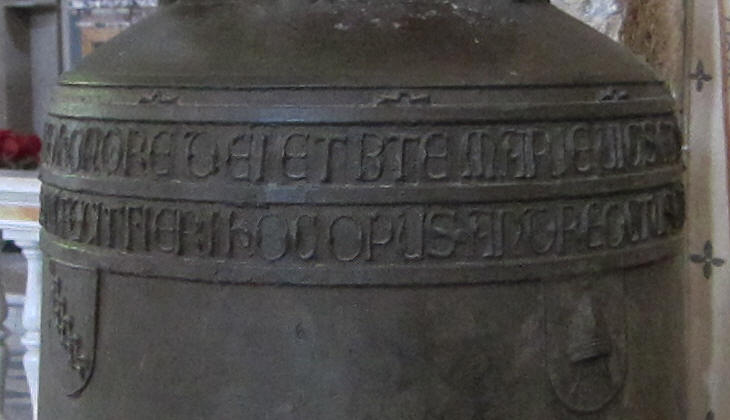 | ||
The Caetani, the family of Pope Boniface VIII, controlled several towns in southern Latium and they fortified Via Appia, the road linking their fiefdoms to Rome; the ancient tomb of Cecilia Metella was turned into a Caetani fortress and two coats of arms were placed at the entrance of the residence they built near the tomb. A Caetani tower controlled Ponte Quattro Capi, one of the two remaining bridges of Ancient Rome. Yet, notwithstanding the power of his family, Pope Boniface VIII preferred to reside in Anagni, a Caetani fiefdom, rather than in Rome; he enlarged the cathedral and in 1296 he donated a bell which was decorated with the papal tiara (which the pope himself redesigned) and the Caetani coat of arms.
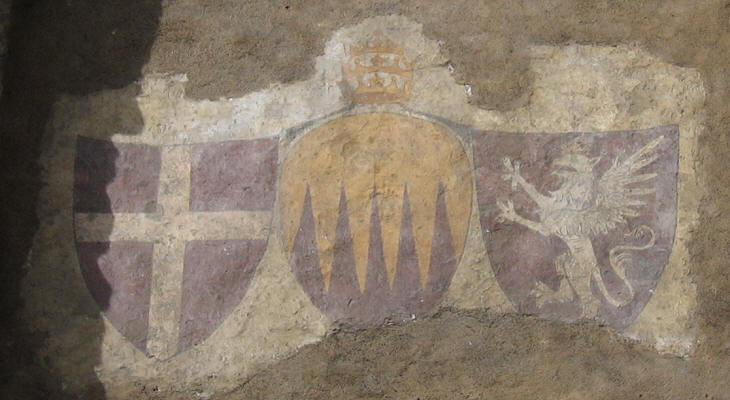 | ||
In 1309 Pope Clement V decided to permanently settle the papal court at Avignon in southern France and this explains why there is no evidence of papal coats of arms in Rome or the Papal State during the first half of the XIVth century. Pope Urban V responded to the many calls for the return of the Pope to Rome, by asking Cardinal Jil Alvarez de Albornoz to restore authority in the papal Italian possessions; Cardinal Albornoz conquered many towns and fortresses of northern Latium and Umbria and he placed there the coat of arms of the pope. In 1367 the pope returned to Rome, but he soon withdrew to Viterbo.
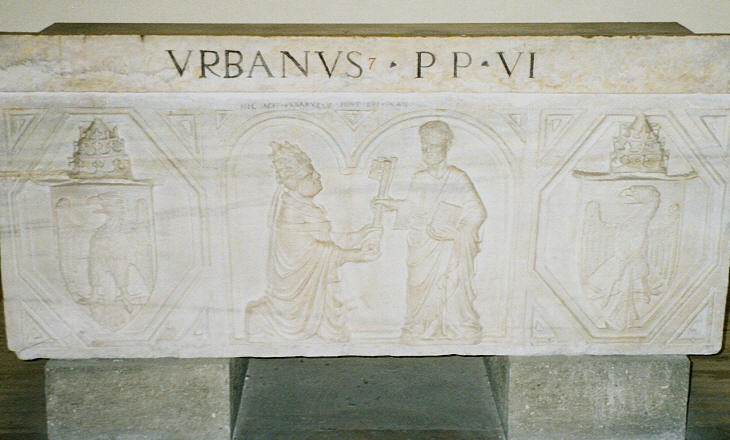 | ||
The final return of the Pope to Rome in 1377 was followed by a period of conflict which is known as the Great Schism; at a certain point three popes claimed to be the true successors of St. Peter; this explains why their coats of arms can be seen on fortifications rather than churches, as Pope Boniface IX did at Narni and on a tower of Palazzo Senatorio; some of them were able to place their heraldic symbol only on their funerary monuments.
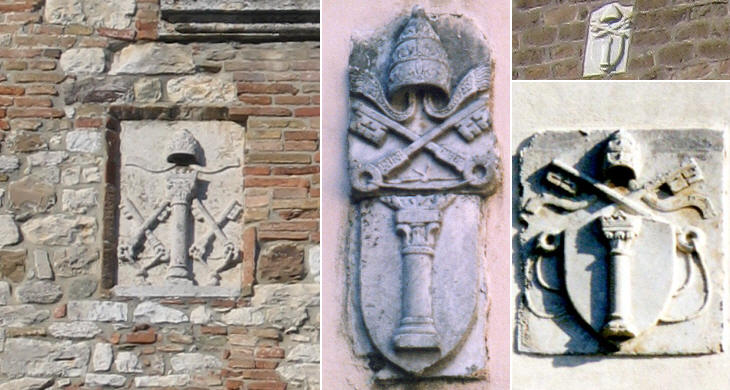 | ||
It was only during the pontificate of Pope Martin V that Rome returned to be the (almost) permanent residence of the papal court; the Colonna, the family of the pope had many fiefdoms around Rome where one can see the coats of arms of Pope Martin V, which began to acquire a consistent design with the family heraldic symbol placed on a shield and the tiara and the keys above it.
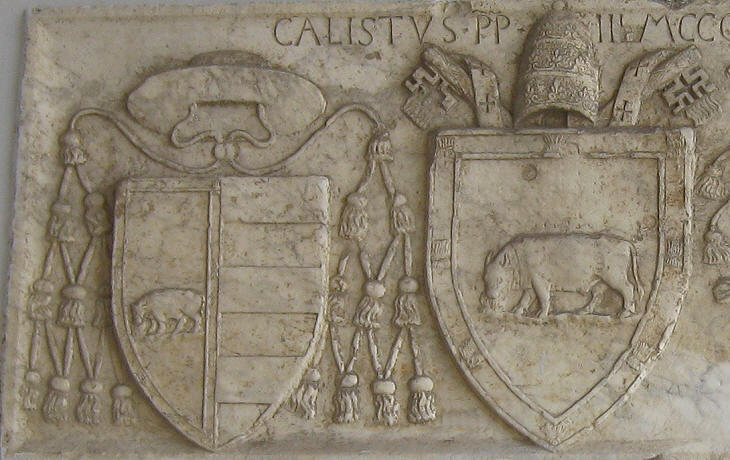 | ||
While the coats of arms of Pope Martin V lacked artistic interest, those of his successors started to be more accurately designed; also their size became larger, not a mere small tablet, but a large piece of marble,
very often the interior of an ancient sarcophagus. Another coat of arms of Pope Calixtus III in S. Prisca shows an elaborate design and a skilled execution.
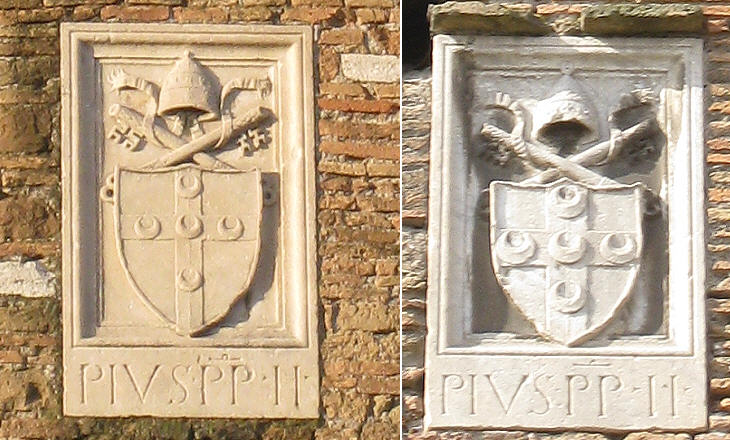 | ||
Pope Pius II, the successor of Pope Calixtus III, did not lack self-esteem and he placed his coats of arms on all the initiatives he supported including minor restorations of the walls of Rome; he also placed many of his coats of arms in the small village where he was born which he renamed Pienza and in Siena from where his family came. The design of his coats of arms on the walls of Rome was regarded as a pattern to follow during the next fifty years.

SEE THESE OTHER PAGES (or return to the introductory page)
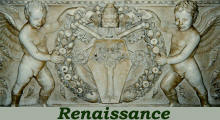
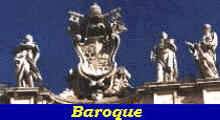
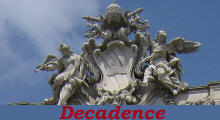
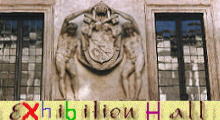
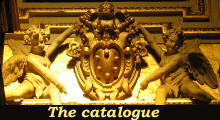
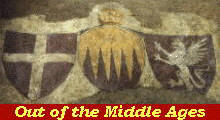 - From Legend to History
- From Legend to History